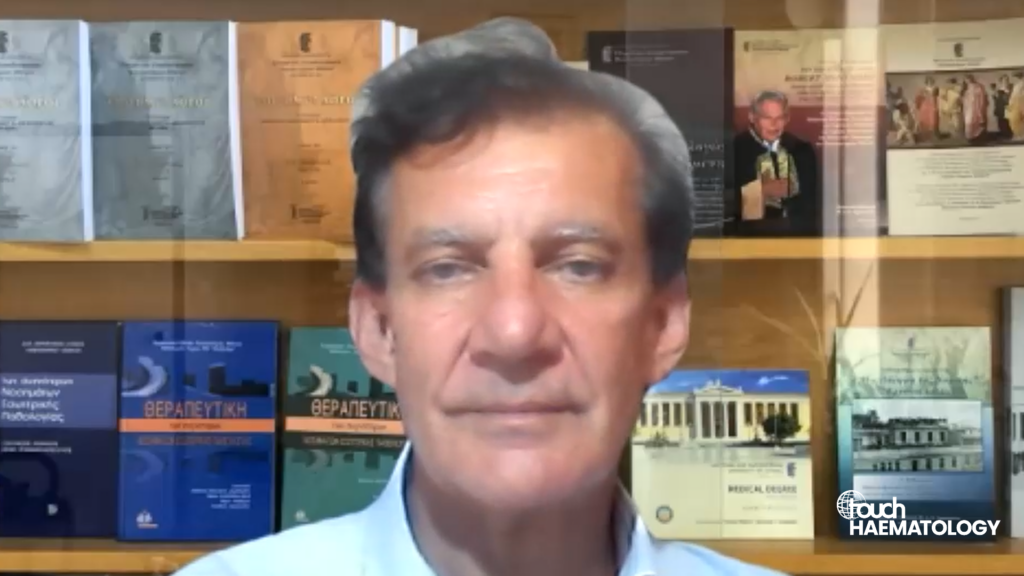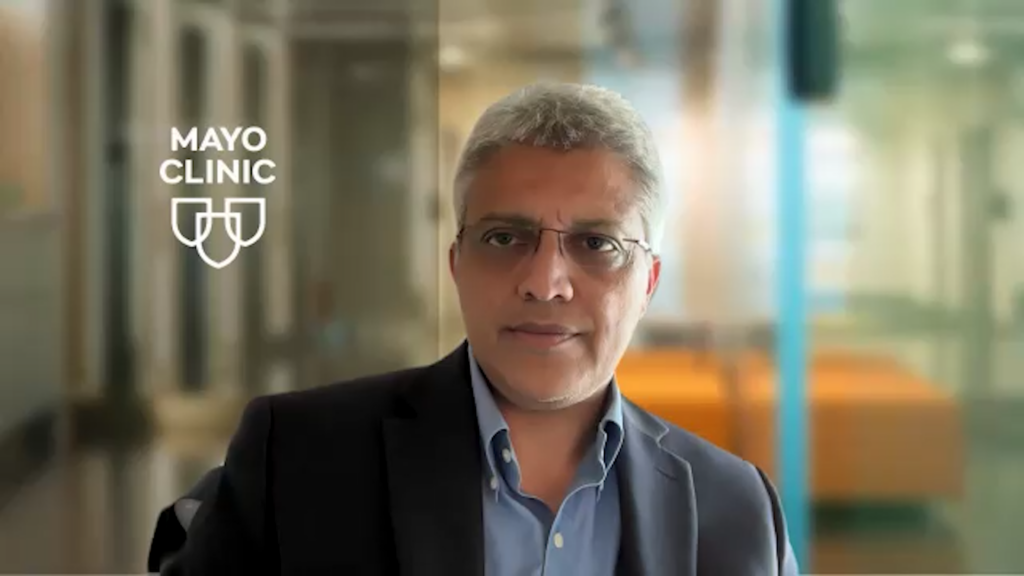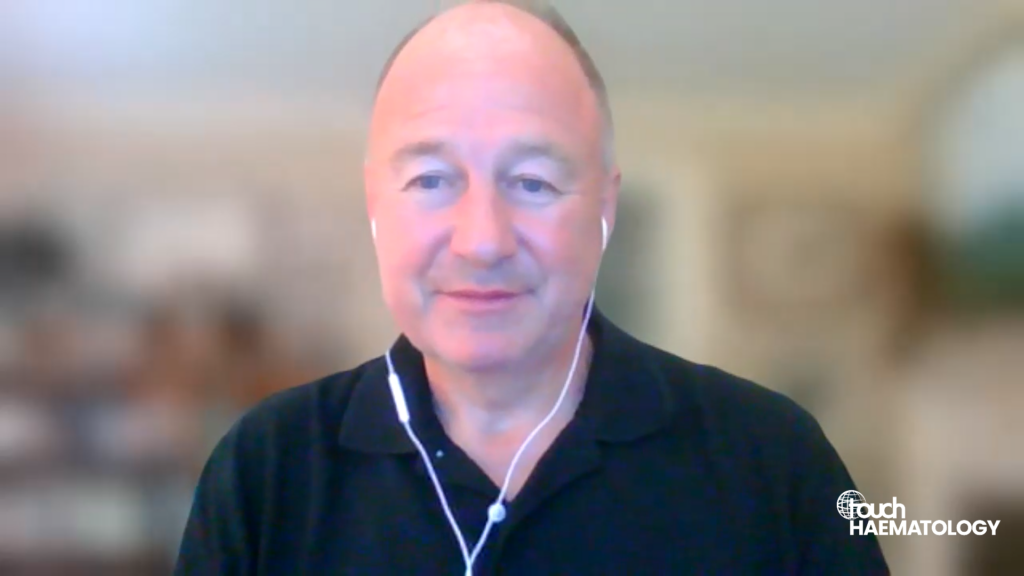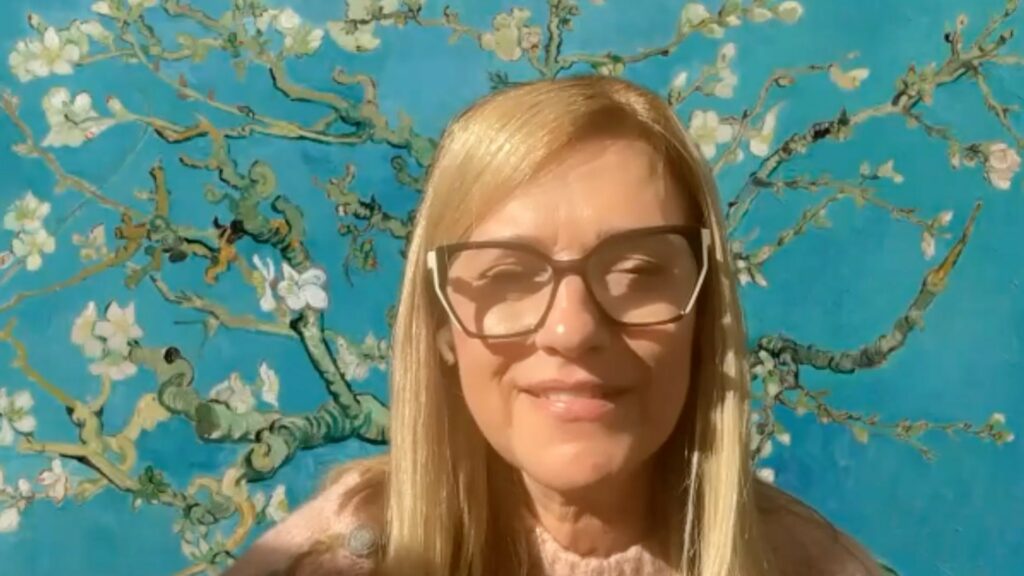With the the 66th ASH Annual Meeting & Exposition still fresh in our minds, Dr Rahul Banerjee (Fred Hutch Cancer Center, Seattle, WA, USA) and Dr Samer Al Hadidi (University of Arkansas for Medical Sciences, Little Rock, AR, USA) outline their top key breakthroughs and take-aways from the conference in multiple myeloma.
Dr Rahul Banerjee

Dr Rahul Banerjee
“The 2024 ASH meeting was filled with fascinating updates in the multiple myeloma (MM) field spanning the breadth of plasma cell disorders. In relapsed/refractory MM, the iMMagine-1 trial (Abstract 1031) of anito-cel (a novel BCMA-targeted CAR-T product) presented by Dr Ciara Freeman and colleagues demonstrated that a future without the risk of Parkinsonism following CAR-T therapy in MM may be possible.”
“In newly diagnosed MM, the IFM2017-03 trial (Abstract 774) presented by Dr Salomon Manier and colleagues set a new standard of care for what I like to call #downwithdex: in short, planned dexamethasone discontinuation after 2 cycles in modern induction regimens.”
“In high-risk smoldering myeloma (SMM), the AQUILA study (Abstract 773) presented by Dr Meletios-Athanasios Dimopoulos and colleagues stole the show with an oral presentation and concurrent publication in the New England Journal of Medicine. In brief, intercepting high-risk smoldering myeloma with a time-limited course of daratumumab was shown to improve overall survival. This trial wasn’t a simple ‘daratumumab now versus daratumumab later’ trial; it was a trial of SMM monotherapy now versus MM multidrug induction/transplantation later – and it rose masterfully to the occasion!”
“In 2025, we as a field are hopeful for regulatory approval for daratumumab as an option for high-risk SMM. Two other drug approvals are anxiously awaited this year as well. Firstly, belantamab mafodotin – a BCMA-targeted antibody drug conjugate largely for CAR-T-ineligible patients – will hopefully be reapproved in the US and Europe based on data from the DREAMM-7 (NCT04246047) and DREAMM-8 (NCT04484623) trials. Secondly, the combination of talquetamab/teclistamab as a ‘bispecific antibody cocktail’ in relapsed/refractory MM demonstrated excellent results in the RedirecTT-1 trial (NCT04586426). I would argue that talquetamab/teclistamab rivals CAR-T in terms of efficacy specifically for patients with visceral extramedullary disease, and of course it can be initiated more rapidly and easily.”
“2025 will be an exciting year for myeloma!”








